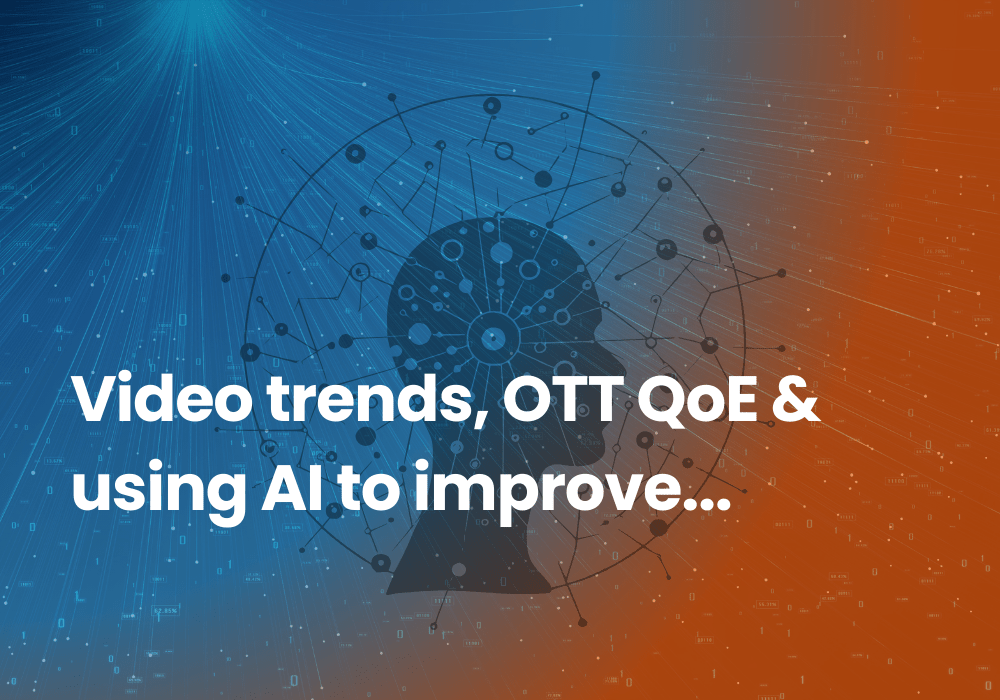Mikael Dahlgren, CEO of Agama Technologies, talks through video trends, OTT QoE and using AI to improve the user experience in the CSI Magazine IBC issue.
What are the key trends you see taking place in the video space?
When it comes to creating a complete customer experience, companion OTT services are becoming more and more important. And with the wide variety of customer devices in use, along with online and offline video consumption, a fragmented environment has to be supported.
Investments are being made into new infrastructure designed to create highspeed offerings in the most costeffective way.The remote PHY architecture, for example, has been embraced by the cable industry to support higher bandwidth per subscriber, and telcos are continuing to invest in network capacity and 5G, to a large extent driven by video use.
Targeted advertising is becoming increasingly important as an additional revenue stream, not only for broadcasters, but also for telcos and cable operators in cooperation with content owners.
There is a strong drive towards virtualization and cloud, including hybrid approaches. This also connects to orchestration; managing resources and infrastructure in a flexible and automated way is an important tool for simultaneously increasing productivity and quality.
We see strong interest from service providers in analyzing and assuring the service quality and the customer experience as these changes are made. Doing so is a key factor in cost effectiveness, efficiency and customer satisfaction.
These changes in consumption, infrastructure, monetization and orchestration will have a major impact on the industry, blurring the lines between telco, cable and broadcaster. Any solution must embrace the challenge of supporting service providers in these changing times.
With the move towards online video, there is much work around achieving broadcast-quality qos/ qoe for ott services. what are some of the main considerations to keep in mind for service providers?
To succeed, we believe that solutions and processes need to work across traditional silos and teams and provide real-time insights across the complete service-delivery chain, from head-end to subscriber.
To assure service quality and to really understand how the customer is experiencing and using a service, the best approach is a unified end-to-end monitoring, analytics and visualization solution. This must cover the entire service delivery in real time with in-depth KPIs and metrics; from encoding and packaging, through CDNs and the ISP, to STBs, apps and devices. This will provide far superior results when compared to fragmented and siloed analytics systems based on limited metrics.
With a solution such as Agama’s in place, service providers have the foundations for providing excellent services in a cost-effective way.
What role can ai/machine learning play in improving the network and overall end-user experience?
AI technology is used in many different areas, for instance in content discovery, in operational support and problem discovery and in video analysis to extract metadata.
Agama uses AI and machine learning to provide self-learning anomaly detection for example. This has several benefits. Firstly, triggers for an alert can be made context aware. If the number of active subscribers suddenly drops, for example, it matters greatly if it is Friday early evening or four in the morning on Tuesday. Secondly, by getting just anomalous situations flagged, the number of false positives is reduced, making the NOC more efficient and quicker at resolving actual incidents.
The winners in the streaming market will be the ones who have access to the right type of high-quality data and the ability to draw the right conclusions from it. Here AI and automated analytics will be key to delivering the best customer experience as efficiently as possible.
This opinion piece was published in the CSI Magazine IBC 2019 issue.
